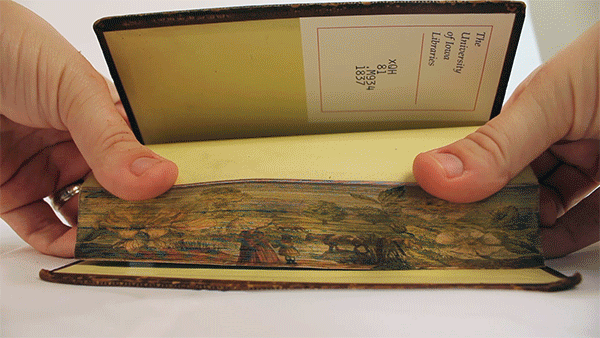THE SHERIFF AS CHIEFTAIN, AND THE CHIEFTAIN AS SHERIFF
I was studying folklore and legend and myth and history last night when it suddenly occurred to me that a sheriff is really just the hold over from the local ancient (Anglo-Saxon) Chieftain. Except modern sheriffs tend to be elected (and are therefore popular chieftains again, in most cases) rather than appointed, as in later Medieval times.
Don’t know why it had never occurred to me to think of sheriffs as chieftains before, especially given the etymology of the word, which I knew, shire-reeve, but it didn’t. Not at least in the truly ancient sense of chieftain, not as a king-thane but as independent local Chieftain, who must approve of and support the king for the king to reign. That is, my idea of sheriff was sort of stuck in the Christian era/Medieval concept of sheriff as king-thane (kingsman) and had not truly stretched back to “ancient chieftain,” as both law-keeper and judge, and local ruler, or chief (high man).

Why do I mention this? A few reasons. This made me think of the recent (that’s right, believe it or not this was only a few weeks back in time) dispute between sheriff’s all across the country and the Obama administration. Of how the sheriff’s were moving more and more and once again to the idea of being “local law chieftains” rather than merely king’s men or king’s servants. Except in many big cities, of course, where you are far more likely to have sycophantic court men (king’s men) called police chiefs anyway. (Not independent Chieftains, but king’s chiefs, or king’s-law chiefs.)
Secondly, and far more importantly regarding my own ideas, I have been wondering how to work in to my own fantasy novels a truly powerful underground movement of sheriff’s (not the modern idea of a sheriff, but the far more ancient one) who both oppose the government and take it upon themselves to act as a front line militia and frontier’s force against border invaders and skirmishers – as a prelude to a far more extensive and permanent invasion by enemy forces. These sheriffs (they won’t be called sheriffs, but the idea will be the same) will operate both in defiance of the appointed local, state, and kingdom governments and in a manner of real desperation because they know exactly what is coming but can’t convince the urbanites and city-dwelling governments what truly approaches. Therefore they must operate much as the Rangers did in Tolkien’s work (who if you ask me were a sort of militia sheriff/guerrilla force who operated with the knowledge of and supposed sanction of the government but often against government wishes) to try and lessen or perhaps redirect invasion routes but are desperate for full support which they are mocked for by the urbanites/governments (and real governments are always truly urbanite undertakings as rural areas don’t need governments they only need assemblies, sheriff’s, and citizen militias) that scoff at their concerns.

Third, I have for a very long time been working into my fantasy novels the idea of a Lone or Wandering (Circuit) Sheriff, a guy who takes it upon himself to wander about areas of the frontier to conduct spying missions and ambushes against enemy forces and enemy skirmishers and criminals and to keep the local peace. This guy is entirely self-appointed and a vigilante (not in the modern sense of the term but in the ancient, Roman Vigilant-sense) and is a combination of the ancient sheriff idea described above, a spy, a frontiersman survivalist, a scout, and a peace-keeper. Much as the Regulators here in SC were in the pre-Revolutionary War days.
Many people consider this man a hero, others an outright thug or at least a dangerous nuisance (especially city dwellers and those in government). He will be both one of the heroes and the anti-heroes of my novel(s). But more and more I am now moving away from the idea of him being a wandering “sheriff,” and more and more he is becoming in my mind a sort of intentionally self-appointed and self-exiled frontiers Chieftain and Vigilant. Along the lines of the true Vigilants of my novel (in the Byzantine empire) but on a far more local and personal scale. For these Vigilant Chieftains (and I need to invent a name for them) are entirely self-appointed independent operators who will work with no one else.
They often warn of and pass along what they learn and discover to those in authority or those who can make best use of their Intel but they refuse to submit to any authority or methods but their own. They are in many ways the very most true of all the “Chieftains.” Though they have no clan and no tribe and no one to lead but themselves. They are “all-duty” and “complete loners” on the frontiers.






























You must be logged in to post a comment.